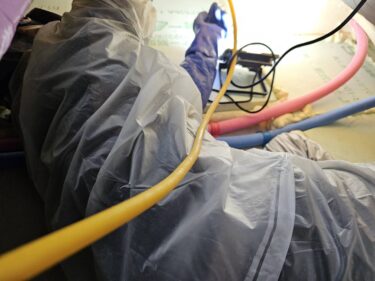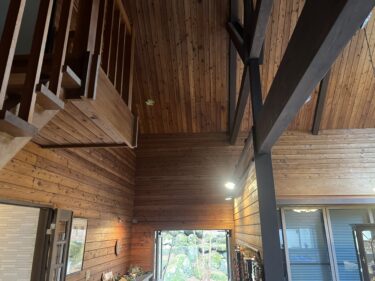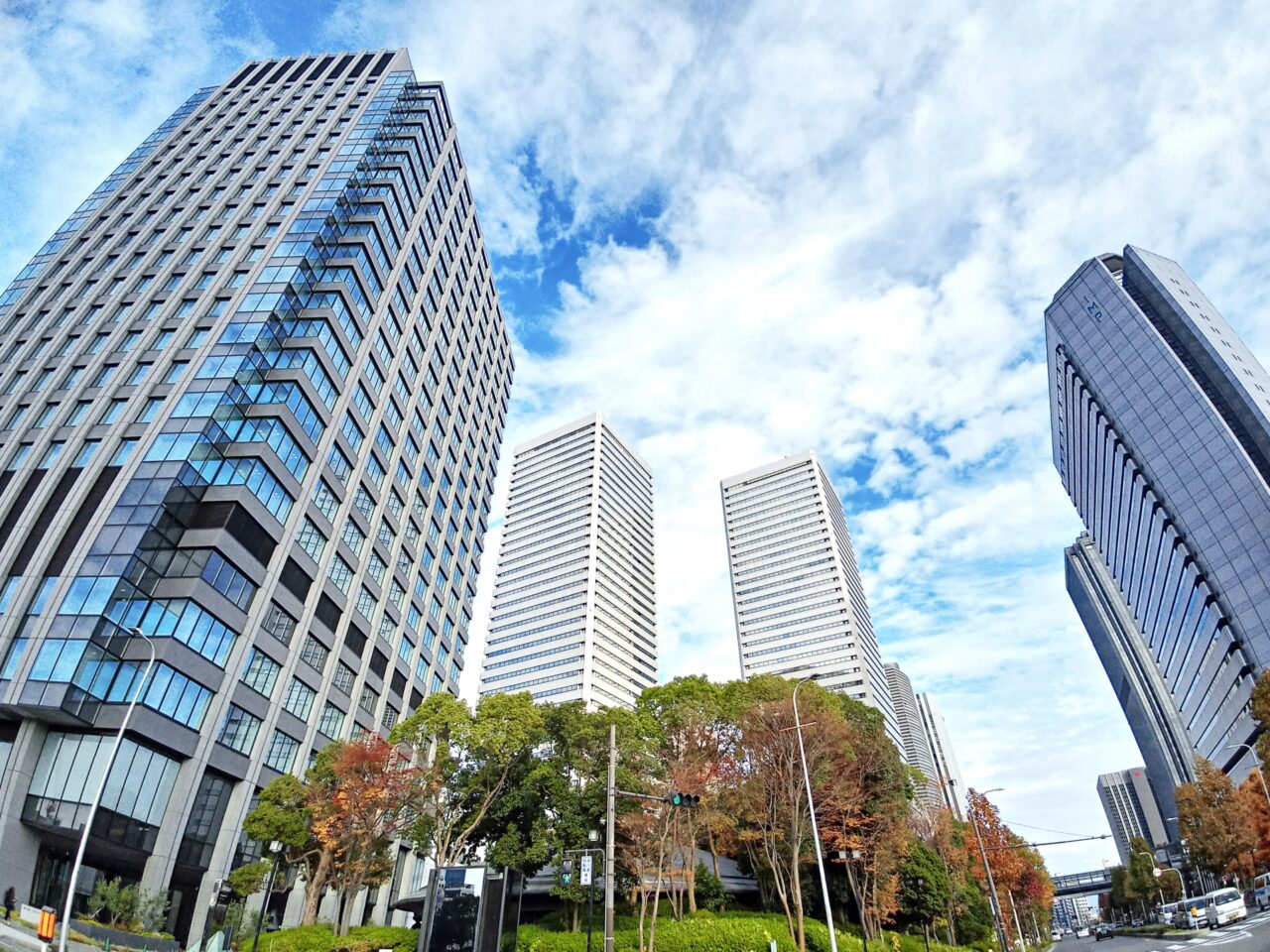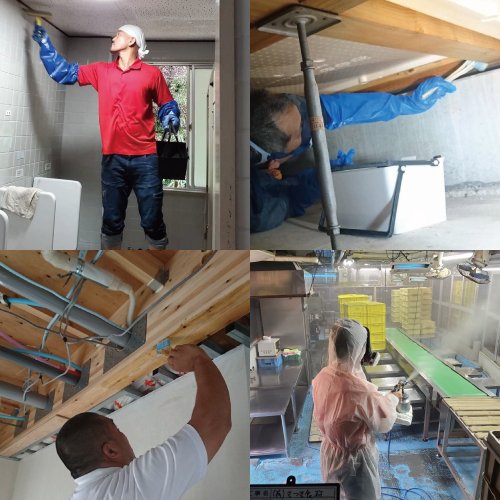Problem Statement:
Even newly built luxury rental apartments and high-insulation homes are increasingly experiencing mold growth in hidden areas such as underfloor spaces and attics. If left untreated, these issues can lead to serious health problems and a decrease in property value.
What This Article Covers:
This article provides a detailed explanation of the causes and solutions to mold problems in high-end properties and embassy residences in the Kansai region. It covers attic and underfloor mold often overlooked, the reasons mold appears even in newer homes, and how to select a trustworthy remediation contractor.
Why You Should Read This:
By reading this article, you will gain essential knowledge and practical solutions to protect your valuable home from mold damage. You’ll learn the best ways to maintain a safe and healthy living environment.
1. Mold Issues in Luxury Rental Apartments
In recent years, mold problems have been increasingly reported in luxury rental apartments, particularly in the Kansai region. Even when the exterior and interior of buildings appear pristine, hidden mold can still develop—often catching residents by surprise, especially in newer properties.
1-1. Trends in Mold Growth in Kansai Luxury Rentals
In Kansai’s luxury rentals, improved insulation and airtightness have created structures prone to moisture retention. Even properties with the latest features are not immune: inadequate ventilation or minor construction gaps can allow moisture to enter and mold to thrive. During the rainy season or in winter when condensation is frequent, mold often appears in places like behind walls or inside closets—areas not visible at a glance. By the time residents notice, the problem may have already affected furniture and clothing.
1-2. Mold Risks and Impact in Attics and Underfloor Spaces
Since attics and crawlspaces are rarely seen, mold can grow unnoticed. Attics often trap humid air due to poor ventilation, especially when condensation accumulates. Crawlspaces are also prone to mold due to moisture rising from the ground. Mold in these areas releases spores into the air, which can cause allergies or respiratory issues. Regular inspections and preventive action are essential.
2. Causes and Prevention of Mold in High-Insulation Homes
While praised for energy efficiency, high-insulation homes can also promote mold growth if moisture control is inadequate. Even tiny gaps can allow mold to spread unnoticed.
2-1. The Moisture-Ventilation Balance in Airtight, Insulated Homes
These homes prevent external air intrusion, improving HVAC efficiency. However, they also trap indoor humidity, leading to frequent condensation. Without proper ventilation during activities like cooking, bathing, or laundry, moisture builds up behind walls and floors, creating ideal conditions for mold. It’s crucial to use 24-hour ventilation systems and periodically open windows to encourage natural airflow.
2-2. Internal Condensation and Mold Prevention
“Internal condensation” within walls or floors of insulated homes is hard to detect yet a major cause of mold. Prevention requires proper insulation material and precise installation. If vapor barriers are poorly applied, moisture can seep in and accelerate mold growth. In addition to correct construction methods, using temperature and humidity sensors and implementing post-construction maintenance can help prevent future problems.
3. The Importance of Environmental Maintenance in Embassy Residences
Embassy housing requires strict hygiene standards. Mold is a serious issue that can compromise residents’ health and the reputation of the facility.
3-1. Mold Control for the Health and Comfort of Foreign Residents
Diplomatic families live abroad long-term, requiring special attention to housing conditions. Even minor issues like mold can lead to formal complaints. Children, the elderly, or those with allergies or compromised immunity are especially vulnerable to airborne mold spores. Regular inspections and proactive treatments are essential to ensure a safe living environment.
3-2. Mold Removal and Prevention to International Standards
Typical Japanese construction standards may not meet the stringent requirements of embassy housing. Therefore, internationally compliant mold control is necessary. In addition to safe chemicals and hygienic procedures, long-term effectiveness is expected. The MIST Method®—which gently decomposes and removes mold without damaging materials, followed by antifungal treatment—is highly suitable for such high-standard needs.
4. Mold Considerations in Luxury Home Renovations
In older luxury homes, mold issues often become apparent during renovations. Cosmetic fixes alone are not enough—fundamental mold control is required.
4-1. Hidden Mold Sources Often Overlooked During Renovation
During renovations, attention tends to focus on visual upgrades, but mold often lurks behind walls, in attics, or under floors. Special care should be taken in areas with previous water damage or poor ventilation. If these areas are overlooked, mold may return soon after renovation. Thorough investigation and treatment beforehand are essential.
4-2. Construction and Maintenance to Prevent Mold Recurrence
Even after removal, mold can return if the root cause isn’t resolved. Identifying the source and implementing structural improvements are key, along with regular post-renovation maintenance. Installing vents or switching to moisture-absorbing materials can help. Using antifungal treatments during construction is also effective in preventing recurrence.
5. The Reality of Mold in Newly Built Properties
New construction doesn’t guarantee mold-free living. Even with modern finishes and equipment, mold can still appear due to construction flaws or environmental conditions.
5-1. Why Mold Appears in New Homes
Rapid housing supply and varying construction quality can contribute to mold in new buildings. Also, high insulation and airtightness can cause condensation, especially in winter. Moisture accumulating behind walls or in attics allows mold to flourish unseen. Poor ventilation before move-in or daily habits that trap humidity can also be factors.
5-2. Mold Inspection Before and After Move-In
Before moving in, inspect not only visible areas but also spaces prone to moisture like under floors, attics, and closets. Professional mold inspections using tools like thermography or endoscopes can detect hidden moisture. After move-in, daily ventilation, placing furniture slightly away from walls, and using dehumidifiers are all effective measures.
6. How to Detect Mold in Attics and Underfloor Spaces
A house may look clean, but mold in the structural core can threaten health and damage the building.
6-1. The Hidden Danger of Invisible Mold
Attics, filled with insulation and wiring, easily trap moisture. Condensation from air conditioners or bathroom steam raises humidity. Crawlspaces are especially vulnerable to rising ground moisture. Mold in these spaces releases spores, harms occupants’ health, and weakens structural materials.
6-2. Importance of Regular Inspections by Professionals
Mold in hidden areas is difficult to detect without expertise and equipment. Professional inspections are crucial, especially for older homes or those with water-related histories or built in damp areas. Checking through attic and crawlspace hatches enables early detection and timely remediation. The MIST Method® is ideal for these delicate areas due to its non-damaging approach.
7. Mold Types and Related Health Hazards
Mold problems go beyond appearance and smell—they pose serious health risks. Luxury and embassy homes must consider this carefully.
7-1. Common Indoor Mold Types in Japan
Common molds include Cladosporium (black mold), Penicillium (blue mold), and Aspergillus species. Cladosporium is often found on window seals or behind wallpaper and can trigger allergies. Penicillium grows on food and wood and affects the respiratory system. Since mold appearance doesn’t reveal its toxicity, accurate identification and proper treatment are essential.
7-2. Health Risks Associated with Mold
Inhaled mold spores can cause allergic rhinitis, asthma, and pneumonia. Long-term exposure may lead to chronic coughing or skin problems. Children, the elderly, and people with pre-existing conditions are particularly at risk. Mold prevention should be considered a part of routine health management.
8. How to Choose the Right Mold Remediation Company
The results of mold treatment depend heavily on the contractor. It’s essential to choose a professional that understands the specific needs of high-end properties.
8-1. What to Look for in a Mold Removal Contractor
Key selection criteria include: proven track record, safe chemicals, and transparency in process. Confirm past work with luxury homes or embassies and the safety of the chemicals used. Choose a company that handles everything from inspection to follow-up. Clear estimates and thorough explanations are also crucial.
8-2. Proven Experience and Safety for Luxury Homes
Luxury homes often use delicate materials that typical chemicals or techniques may damage. Select contractors familiar with these materials and capable of using gentle but effective methods such as the MIST Method®. Special attention to site protection and neighborhood consideration is also important in upscale environments.
Mold Remediation and Renovation by Kabibusters Osaka & Kabitore Reform Tokyo/Nagoya
For mold removal and prevention, trust Kabibusters Osaka and Kabitore Reform Tokyo/Nagoya. These services, operated by Taiko Kensou Co., Ltd., offer high-quality solutions tailored to luxury rental apartments, embassy residences, and high-insulation homes across Kansai and metropolitan regions.
What sets us apart is our ability to provide complete support—from mold removal to antifungal treatment and full renovation—all in one comprehensive service.
About Taiko Kensou Co., Ltd. and Our Renovation Services
Taiko Kensou Co., Ltd. brings decades of experience in residential and commercial renovation, handling projects from general homes to large-scale buildings. We offer tailored solutions including interior upgrades, kitchen and bathroom remodeling, insulation and soundproofing, and barrier-free design.
We go beyond aesthetics by identifying root causes like moisture sources and structural issues to ensure lasting comfort and functionality. Our renovations are not just cosmetic—they solve underlying problems to create sustainable, livable homes.
Our professionals specialize in solving mold issues in luxury, embassy, and high-insulation homes using methods like the MIST Method® that preserve materials while eliminating mold. If you seek a beautiful, hygienic, and safe living environment, contact Kabibusters Osaka or Kabitore Reform Tokyo/Nagoya for an expert consultation and on-site inspection.






